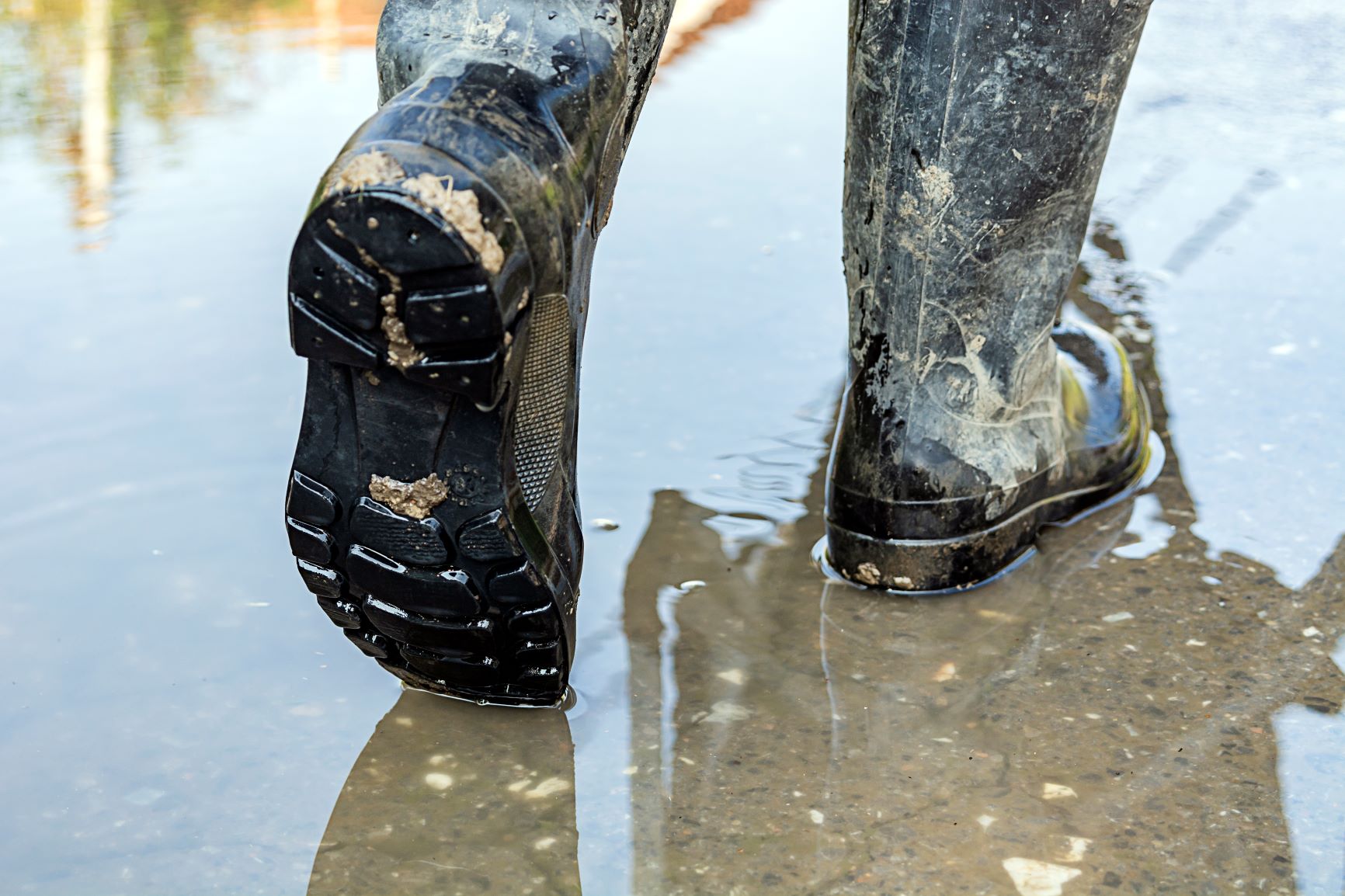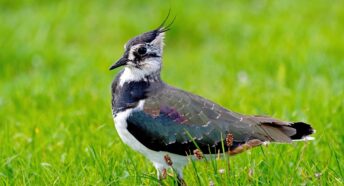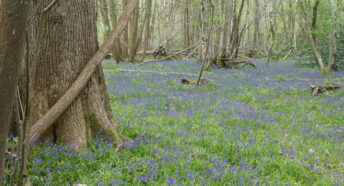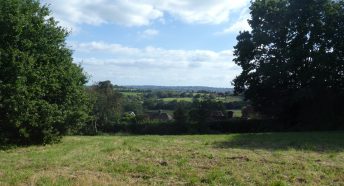CPRE Sussex Director’s column written for West Sussex Gazette, Feb 2025
It’s been a difficult few months for those of us who care passionately about wildlife and the natural world.
First came research showing housing developers are consistently failing to install or maintain the hedgehog highways, bird, bat and bug boxes, hedges and trees, that their planning permissions legally require them to. University of Sheffield researchers, working with campaign group Wild Justice, found nearly half the ecological measures that are supposed to be in place are missing from developments.
A few days later, the government published its Working Paper on Nature and Development. We hoped ministers were finally going to get tough with big companies who are raking in profits and not delivering even the minimum requirements to give back to nature.
But no. Instead, the government floated the idea that developers should no longer have to undertake detailed, on-site nature surveys, or manage the impacts of their developments on water, as they currently do. They can simply pay into a fund for strategic nature restoration elsewhere.
There’s a lot to be said for the idea of tackling environmental problems in a joined-up, strategic way – and for developers to contribute to the costs, given the damage they do. But that must not exempt developers from taking detailed account of the animals that already make their sites a home.
Local, ‘everyday’ nature that’s here already should not be sacrificed for the promise of better habitats elsewhere. We should be doing both. The details of how this would work are so thin on the ground that we fear developers will be allowed to tear things up before there are credible plans to deliver the strategic nature recovery which is supposed to compensate for this destruction.
Then, to underline our concerns, the Chancellor and the PM spelled out their disdain for wildlife explicitly, suggesting newts and bats – and anyone who cares about endangered birds, mammals, trees and flowers – are simply ‘blockers’ getting in the way of ‘growth’.
Growth for who? Not for people on housing waiting lists, with genuinely affordable housing a low priority for big developers. Not for communities left short of much-needed infrastructure. Not for the animals and plants left without homes. Maybe it’s just growth in the developers’ balance sheets?
The one bright spark is the launch of a consultation on a new Land Use Framework, that might help guide how we better use our land, right across the country. Where should we prioritise space for nature? Where should be protected for farming? Where do we slot in new renewable energy sources? Where might housing best go? It’s far from perfect at this early stage, but we need to help shape it so that it does not just become another tool for developers to trash nature, cheered on by our political leaders.
Find out about our fight for sustainable planning and how you can take action at www.cpresussex.org.uk/what-we-care-about/what-gets-built-and-where.







